50 FACES OF HAPPY – WORK, MONEY, LIFE, PURPOSE
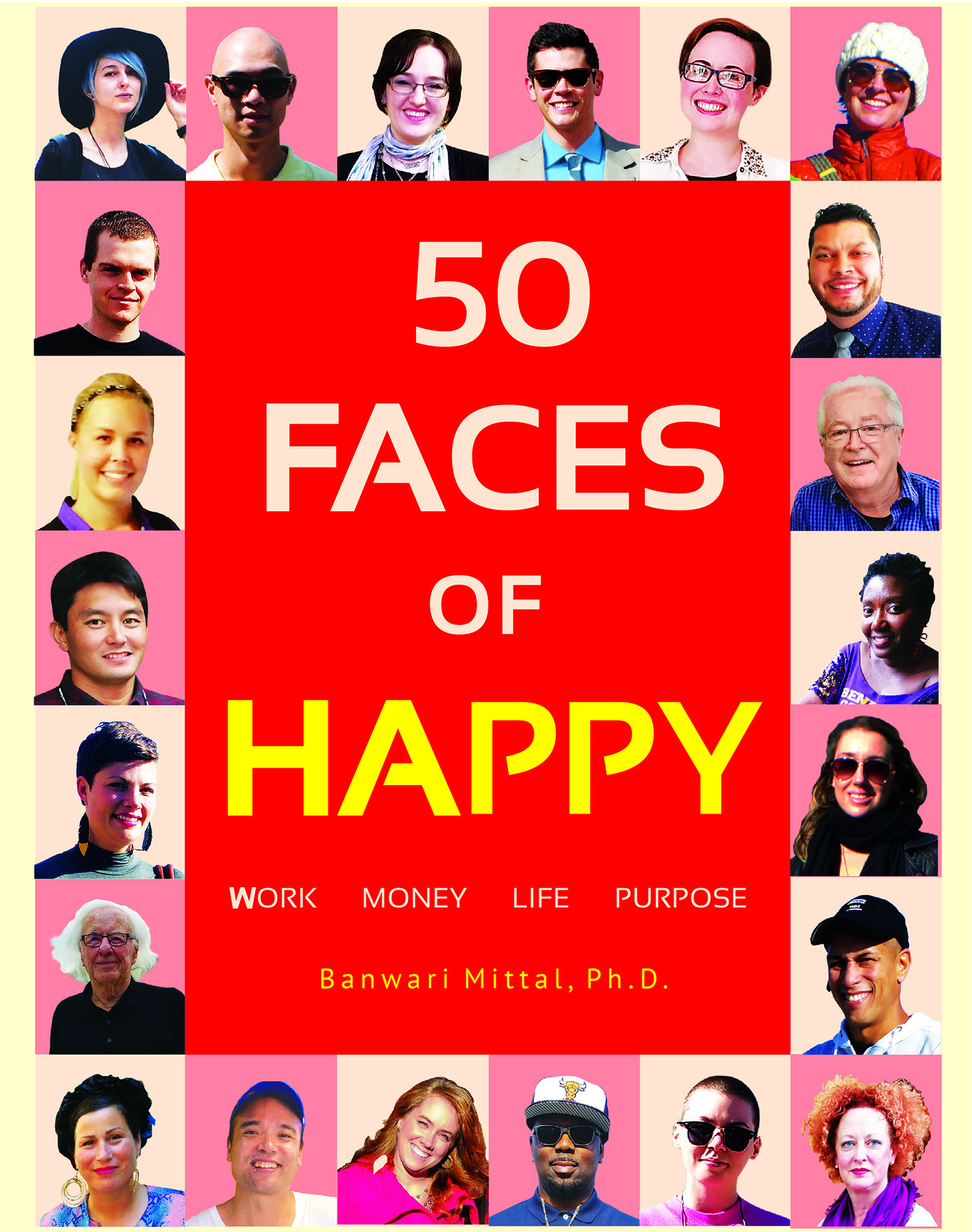
One professor’s journey of discovering what makes people happy,
through conversations with over 500 strangers across 50 cities in 30 states
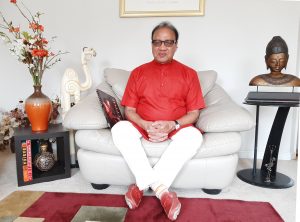 Banwari (“Ban”) Mittal is an IIMA alumnus (PGP 1971). He also holds a Ph. in Consumer Psychology from the University of Pittsburgh (USA). For over two decades, he has talked to several hundred consumers, developing an understanding of the psychology of their shopping and consumption behavior. His book, Consumer Behavior: Human Pursuit of Happiness in the World of Goods (Open Mentis, 2016), is arguably his magnum opus on human behavior in the marketplace. He has also authored ValueSpace: Winning the Battle for Market Leadership (McGraw Hill, 2001). Currently, he is a professor of consumer psychology and marketing at Northern Kentucky University and lives in Cincinnati, Ohio. In conversations, he happily blends the Eastern life philosophy with the vibe of Western modernity. His current passion is being a fascinated listener.
Banwari (“Ban”) Mittal is an IIMA alumnus (PGP 1971). He also holds a Ph. in Consumer Psychology from the University of Pittsburgh (USA). For over two decades, he has talked to several hundred consumers, developing an understanding of the psychology of their shopping and consumption behavior. His book, Consumer Behavior: Human Pursuit of Happiness in the World of Goods (Open Mentis, 2016), is arguably his magnum opus on human behavior in the marketplace. He has also authored ValueSpace: Winning the Battle for Market Leadership (McGraw Hill, 2001). Currently, he is a professor of consumer psychology and marketing at Northern Kentucky University and lives in Cincinnati, Ohio. In conversations, he happily blends the Eastern life philosophy with the vibe of Western modernity. His current passion is being a fascinated listener.
Synopsis Work. Money. Life. Purpose. Happiness. What do these mean to you? What should they mean to you? We all want happiness; but do we know what exactly happiness is? Does work bring us happiness? Does money? And, while you are pondering these questions, ask yourself one more question – Why do we live? Why do YOU live? Is there a purpose to life? Can purpose bring us happiness?
In the book 50 Faces of Happy, Ban Mittal, PhD, a social scientist and professor – explores these questions. In 2017, the author set out on a two-year journey across the USA and Canada to discover what happiness meant to people. Conducting over 500 interviews with people he met at random, Professor Mittal asked them what he calls “The Five Big Questions of Life,” questions about work, money, life, purpose, and happiness. 50 Faces of Happy (Open Mentis, 2020) showcases 50 of these interviews, in photos and prose.
This collection includes engineers, doctors, attorneys, executives, professors, students, factory workers, park-rangers, yoga teachers, policemen, artists, writers, home-free wanderers and visitors from overseas; and, of course, other “ordinary” people from all walks of life, spanning all demographics. The diversity in these people’s outlook on life is unmistakable. To be sure, a few stories will look too familiar and even unnoteworthy, after all they were intended to represent the reality of the pool of all the 500+ interviews, all stories offer engaging personal glimpses of the featured people (ordinary or not so ordinary). More importantly, some stories reveal jaw-dropping personal goals – some self-centered, some beyond-the-self, delightful life perspectives, and deep, homespun wisdom.
50 Faces of Happy is not a typical self-help book. By design, it contains no prescriptions, no theory, no survey research findings, no summary of received wisdom. Instead, it is a collection of short narratives, each inviting self-reflection. Also included in the book is a Work Sheet that invites readers to update their answers every year, thus exploring deeper layers of happiness. (this worksheet can also be downloaded free from the book’s website, www.50facesofhappy.com/worksheet)
Author considers the BIG 5 Questions of Life questions that each of us must ask and answer. After we have read all the books with prescriptions to be happier, we must still answer these five questions. Read how some others have answered these questions – people just like you and people different from you. Then think how your answers would be similar to or different from the answers given by the 50 people showcased in the book. Finding happiness ultimately takes talking to yourself – around the Big 5 Questions. The 50 answers in the book help instigate, inspire, and guide our quest for our own “Answers.”
In 160 pages of 4-color on glossy paper in a beautifully bound coffee table book format, 50 Faces of Happy is pleasing to look at and pleasing to hold. It is also available as an e-book on Amazon.in (link: https://tinyurl.com/HAPPY-INDIA)
Note: Publisher has informed that for two weeks the e-book on Amazon India will be available at a reduced price of Rs 195 (Regular – Rs 449).
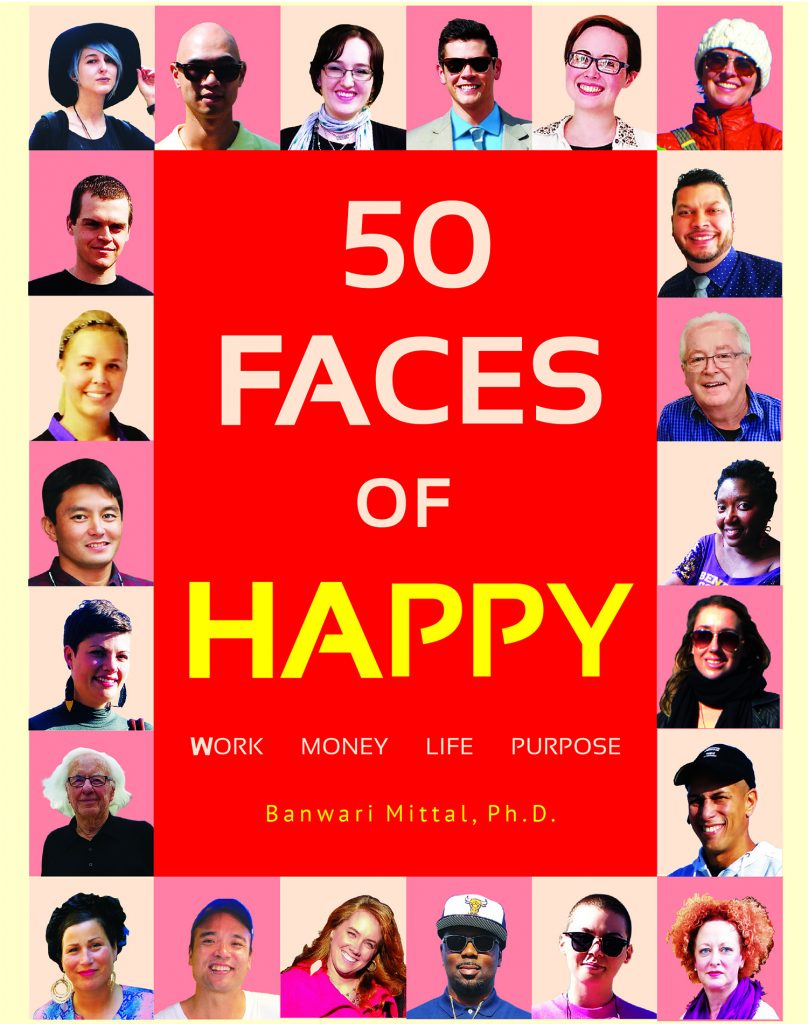
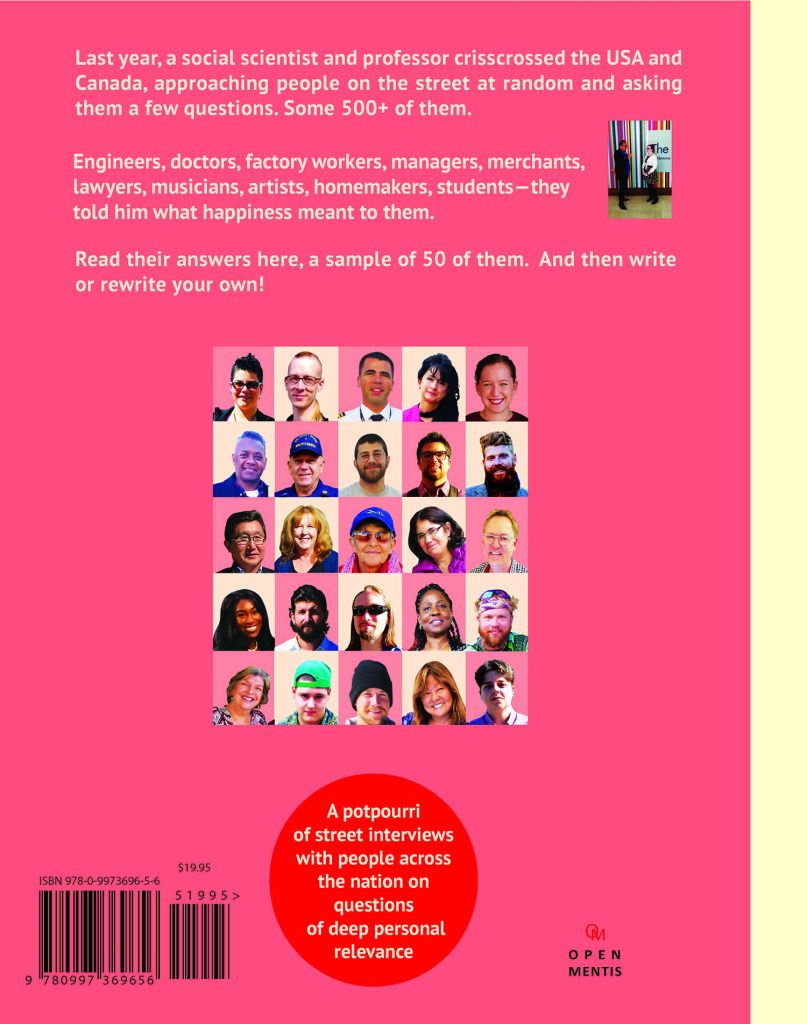
________________________________________________________________________
Reviewed by Mr Raja Ramanathan (PGP 1971), Director, Human Resources at BASF Canada and also teaches HR courses at the Sheridan Institute of Advanced Learning and Technology, Mississauga, Canada. In 2005, he co-authored a book ‘The Itinerant Indian’. He lives in Toronto, Canada.
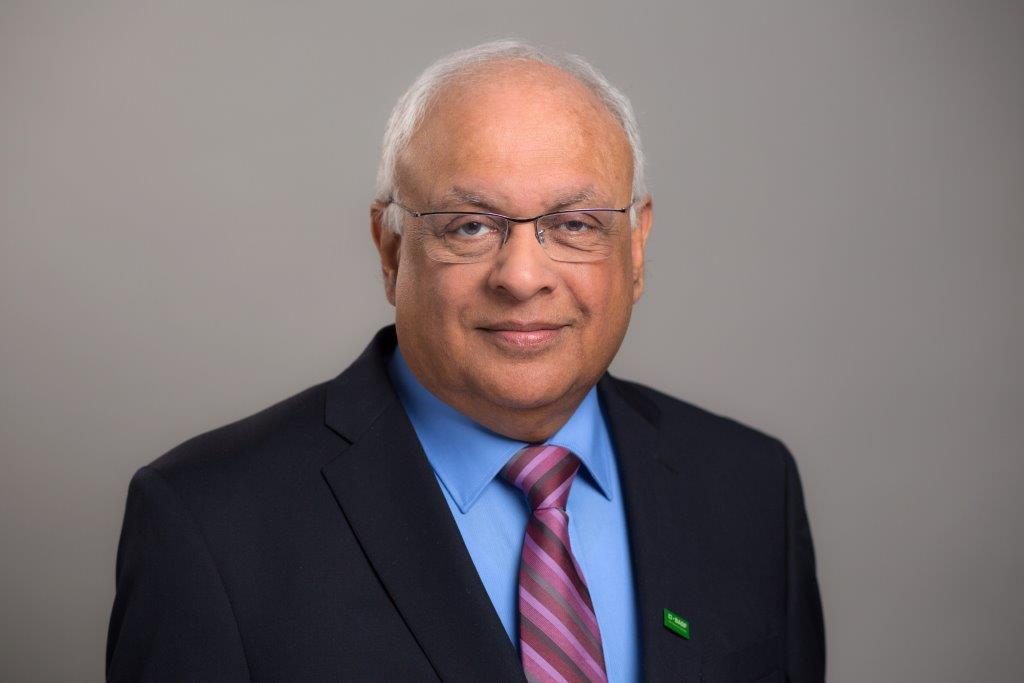
Way back in the 60s, several states in India introduced a lottery ticket that cost one rupee and could get you a prize of 1 lakh rupees. In those days, 1 lakh (rupees) got you somewhere and I often wondered what I would do if I ever won the prize. Since, I have never won more than a few thousand rupees or more than a hundred dollars in a lottery, the question has remained a matter of fantasy for me.
Banwari Mittal, PhD, who researches consumer psychology and has taught at several universities in the US, decided to talk to over 500 randomly chosen people he met on the streets of the United States of America and Canada, and find out what they thought of work, money, life, and happiness. Between 2017 and 2019, he traveled to 50 US cities spread over 30 states, talking to people on the street that he met. The discussions lasted between fifteen minutes and an hour, with the longest one being two hours. The conversations he had were free-flowing. However, he made sure he got answers to five questions, one of which was what the person would do if he/she won a multi-million-dollar lottery prize. Fifty of these conversations are featured in his book, 50 Faces of Happy. He describes the book as “One Professor’s journey of discovering what makes people happy.”
Going back to my dreams of winning a big lottery, which has remained at a dream stage, Dr. Mittal’s question on using the lottery proceeds was what piqued my interest in reading the book. I was quite surprised to see the number of people who planned to utilize such winnings to help others. In fact, the first person featured in the book says, “First thing, I will pay for my parents’ retirement” (p.17). As I read further, it was a pleasant surprise to see so many people willing to invest in the future of others and the world-at-large (sustainability, saving our environment, and helping the needy were big). Not every person thought beyond oneself and one’s family as the beneficiary, of course, but there were a remarkable number of people who wanted to use the money to help improve other people’s lives. A professor of economics even found a rational reason for altruism: “I would put a part of it away for my family. The rest, I would give it away to people,” he said, “for whom its marginal utility is greater than mine”! (p. 41). I told myself there is hope. Are things changing? Are people getting to be more concerned about people around them and the world they live in? Hope so.
Again, there seems to be a commonness in understanding what is Happy. It is built around maintaining equanimity and managing one’s expectations. Consumerism doesn’t stand out as the most important contributor to happiness, surprising for a society known for its emphasis on consumerism.
Not surprisingly for today’s USA, several talk of Yoga and meditation and how it has helped them maintain their balance.
The profiles featured give a good introduction to the dreams and ambitions of a cross-section of the middle USA, old, middle-aged, and the young alike. It does make for reassuring reading, somewhat in contrast to what one reads elsewhere. For a world that has talked in recent times of divisiveness, the future does not seem so bleak as one reads the fifty profiles. Hope they have all not been sharing just their Happy Faces!
Wonder whether there would be substantial differences if the same study were done in Europe, or India, or China where different social and economic forces are at play? Because the author is an Indian, he likely believes that the people’s answers are applicable to Indians and Westerners alike. My own desi mind found the 50 peoples’ answers intriguing. While everyone seeks happiness in his or her own way, the fundamental questions we must ask to pursue that happiness are universal, and the book provokes us to ask those questions for ourselves. And it offers plenty of examples to craft our own answers and seek our own brand of happiness.
______________________________________________________________________________
Reviewed by Mr Rajbir Singh Bisht (Senior Management Program, IIMA, 2017-18), Country Manager and Executive Director of Operations at Paradigm Sample, LLC, India.
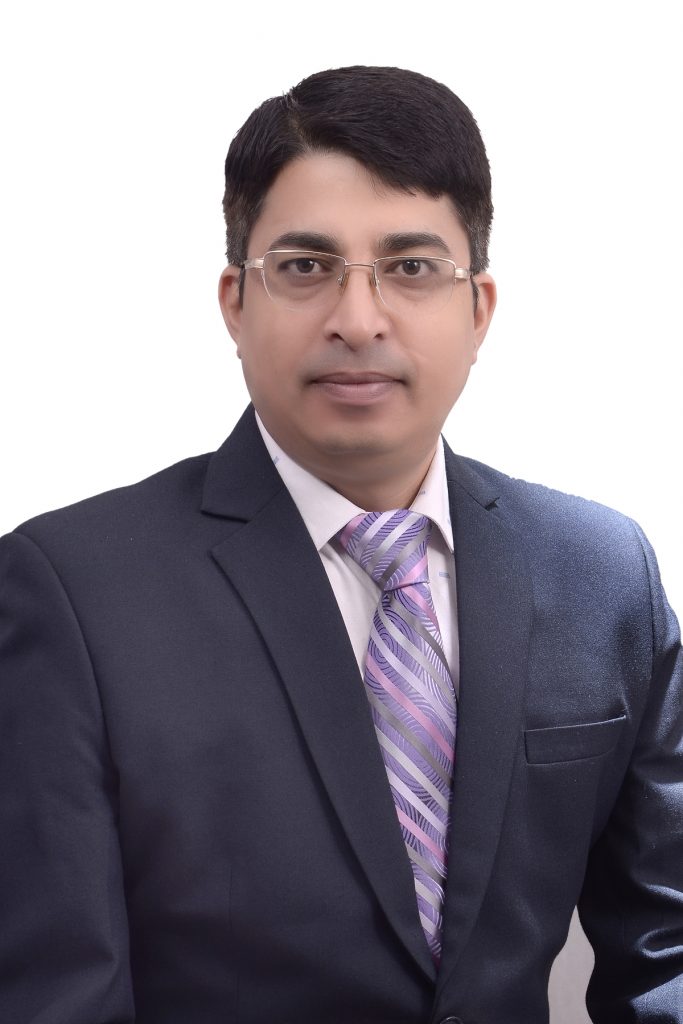
We all go through multiple phases of our life but how many times do we really talk about happiness? Do we really? I think, often we end up complaining more and lose focus from the happiness that can be lived, shared, felt and appreciated.
I am proud to say we have Dr. Banwari Mittal (professor of consumer psychology) who openly conversed on this topic with people from all walks of life, be it a Business Executive, Professor, Consumer or anyone on the street. And talked about their happiness with context to Work, Money, Life and Purpose – a great effort indeed; And the responses were overwhelming.
Often heard, happiness is more of a state of mind. I am elated to learn the different aspects of happiness from this read. While a few answers were of the usual sort, the answers we might give without thinking much if asked suddenly. Answers like “be able to buy what you want,” “not having to worry about money”; “to be with loved ones”; “being at peace, no stress, no suffering”; etc. But many answers gave you a pause. Like, “I am happiest when I am in the company of people I respect and admire” (p. 31); “It is an ongoing, minute-by-minute experience of being connected to people around me and to my work, and feeling that my work is meaningful” (p. 67); “You have to be fulfilled in all the ways – you have to have meaningful work, meaningful relationships, meaningful in everything you do, everything!” (p.69). To each his own – unique ways of ‘Happy Faces’.
The crux is most of us find happiness in living our dreams, spreading smiles to our family and friends. Is this possible without feeling the happiness within you? I think the answer is A BIG NO!! I won’t be wrong in saying that “50 faces of happy” truly impacts our lives in a positive way. While the featured stories are from people in America and Canada, as an Indian living in India, I found the answers to be fully relevant to every Indian’s life. The Five Big Questions the author asks in the book touch us all no matter where we live. Go read and find out.



Sorry, the comment form is closed at this time.